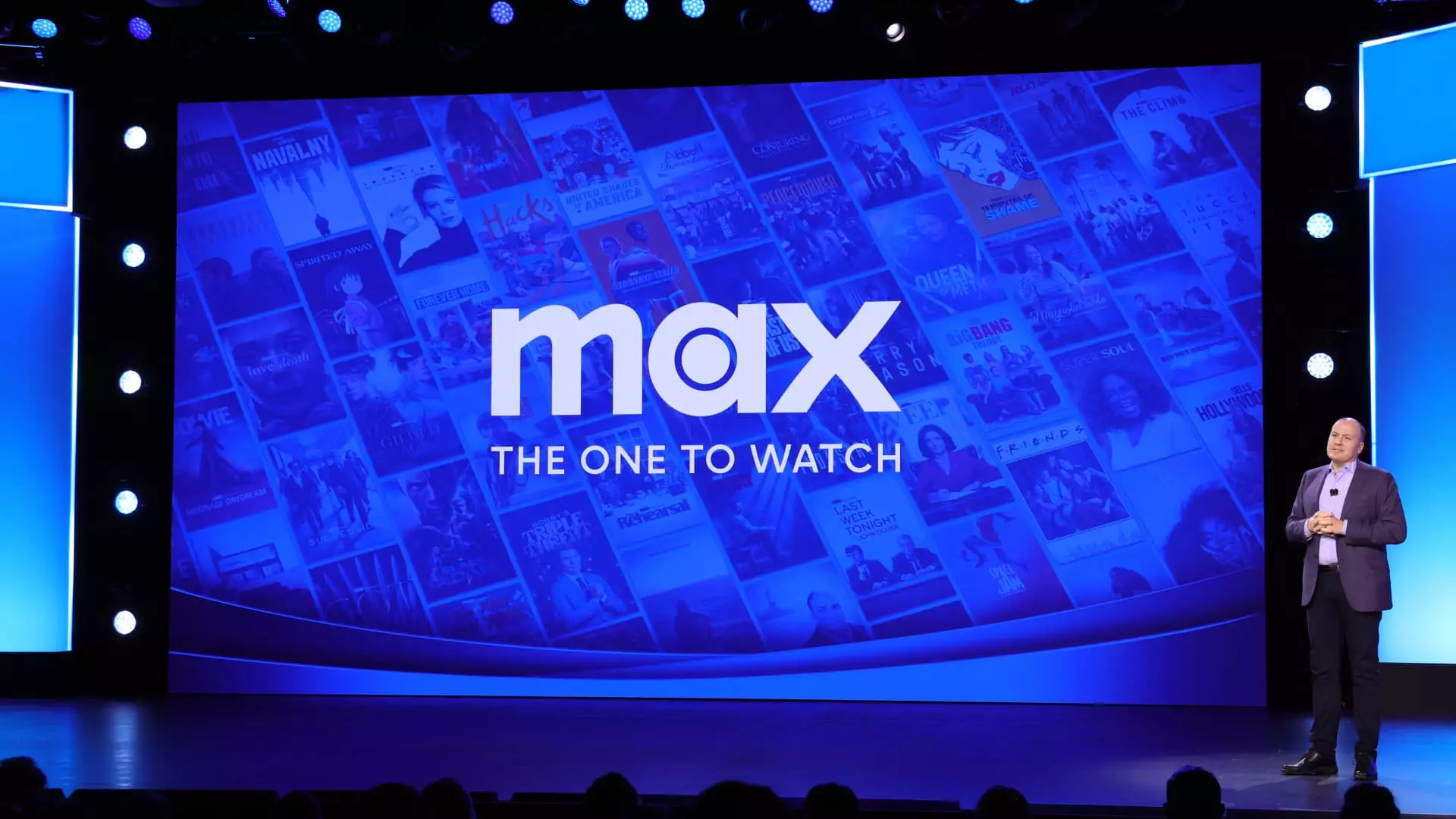Warner Bros. Discovery, the media and entertainment conglomerate, recently released its second-quarter results, which fell below expectations in various areas. The company also reported a decline in subscriber totals compared to the previous quarter, generating concern among investors and analysts.
At the end of the second quarter, global direct-to-consumer streaming subscribers stood at 95.8 million, falling short of the anticipated 96.7 million subscribers. This decrease of almost 2 million subscribers from the first quarter is a cause for worry, especially considering the launch of the combined Max streaming service during this period.
One major factor contributing to the decline in subscribers is the cancellation of Discovery+ subscriptions in favor of the new Max service. Data provider Antenna estimated that Discovery+ cancellations increased by approximately 68% compared to June 2022 due to the transition to Max. This shift indicates that the company is still facing challenges in retaining its subscriber base amidst the merger between Warner Bros. and Discovery.
Debt Repayment and Financial Planning
Despite the disappointing subscriber numbers, Warner Bros. Discovery managed to repay $1.6 billion in debt during the second quarter. Additionally, the company announced a tender offer aimed at paying down an additional $2.7 billion. The focus on debt repayment is crucial for Warner Bros. Discovery, as it strives to regain investment-grade status by the end of the year.
The company currently carries a heavy debt load, with $47.8 billion in debt and $3.1 billion in cash on hand at the end of the second quarter. The CEO, David Zaslav, emphasized the significance of the ongoing de-levering efforts, highlighting the accelerated pace of debt reduction. This strategic move is expected to play a key role in turning the company around and securing its long-term financial stability.
Q2 Results and Revenue Analysis
Warner Bros. Discovery reported a net loss of $1.24 billion, or 51 cents per share, in the second quarter. This marked a substantial improvement from the net loss of $3.42 billion, or $1.50 per share, in the same period last year. While the revenue of $10.36 billion indicates a 5% year-over-year increase, it is important to note that this figure is 4% lower when accounting for the impact of foreign currency and the merger.
The direct-to-consumer streaming segment of Warner Bros. Discovery saw a profit during the first quarter of the year but reported a loss of $3 million in the second quarter. The reversal in profitability can be attributed to the costs associated with the launch of the Max streaming service. Executives had been planning this integration for over a year, citing it as a key motivation behind the merger.
Challenges in the Studios and Networks Segments
The studios segment of Warner Bros. Discovery experienced a decline in earnings, with total revenue falling by 8% to $2.58 billion compared to the previous year. This decrease can be attributed to a weaker film slate in the second quarter, particularly with the underperformance of “The Flash” at the box office. On the other hand, the networks segment remained relatively stagnant, generating $5.76 billion in revenue, with a 6% decline on a pro forma combined basis.
The weak ad market and the declining number of traditional cable TV subscribers have been major challenges for Warner Bros. Discovery in recent months. The company has been grappling with the consequences of cord cutting and the uncertain macroeconomic environment. Despite some improvements, the ad market slowdown has persisted, hindering revenue growth and profitability.
Ad-Supported Tier and Cost-Cutting Initiatives
Warner Bros. Discovery has been focusing on its ad-supported tier within the Max streaming service, which recently started including commercials on HBO series. This move aims to drive advertising revenue growth, which saw a 25% increase on a pro forma combined basis during the quarter. While the company remains committed to reducing its debt-to-EBITDA leverage to below four times, any significant cash generation will likely be allocated towards debt repayment.
To improve profitability, Warner Bros. Discovery has implemented various cost-cutting initiatives, including layoffs and reduced content spending. The company has also explored licensing out more content to diversify its revenue streams. These efforts have contributed to an almost 30% increase in adjusted EBITDA, reaching $2.15 billion during the second quarter.
Warner Bros. Discovery’s second-quarter results fell short of expectations, particularly in terms of subscriber totals and revenue performance. The decline in subscribers can be attributed to Discovery+ cancellations as customers transition to the new Max streaming service. The company’s focus on debt repayment and financial planning is a positive step towards long-term stability. However, challenges persist in the studios and networks segments, with weaker film slates and a struggling ad market. Efforts to drive revenue growth through the ad-supported tier show promise, but Warner Bros. Discovery must continue to navigate the evolving landscape of the streaming industry while addressing financial concerns.


Leave a Reply